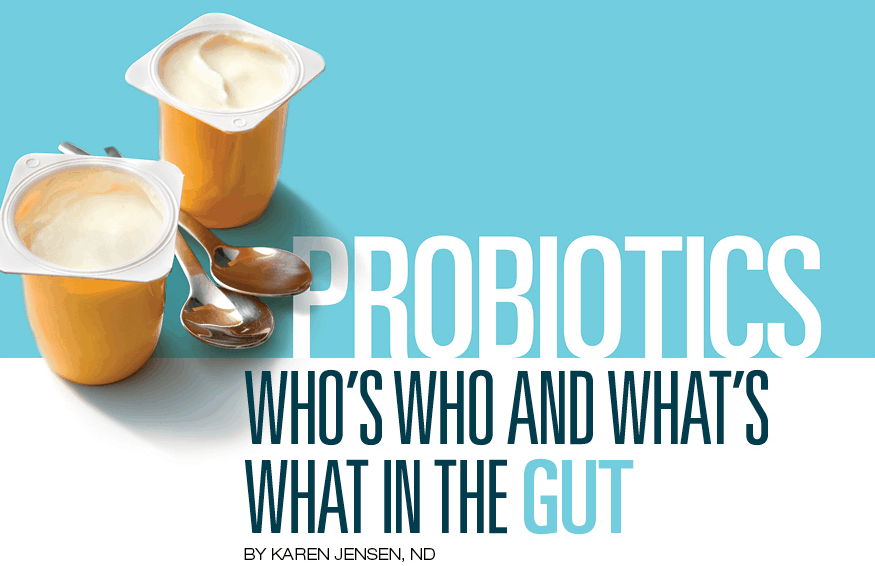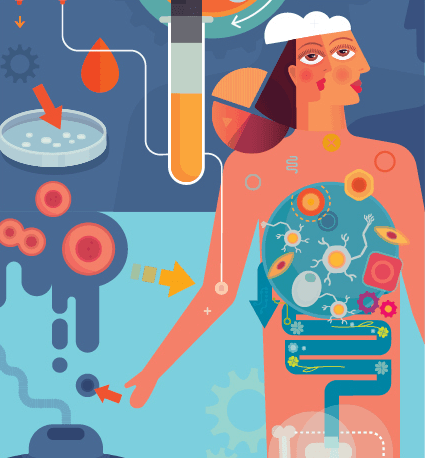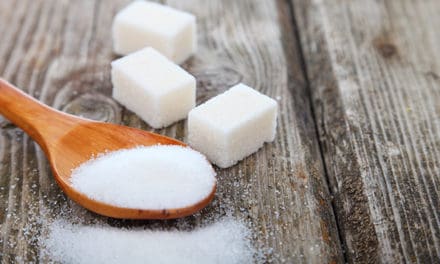
Today many people are aware of the BENEFITS OF MAINTAINING A HEALTHY GUT. As a result probiotic use is becoming ever more popular. However, there is still a lot of confusion around the TYPE OF PROBIOTIC TO TAKE, FOR HOW LONG, HOW THEY WORK, and FOR WHICH ISSUES. We have tried to provide some guidance based on current research to sort out some of the questions and confusion.
In our bodies, we have more bacteria than there are cells. In fact, there are approximately 30 trillion human cells and 100 trillion microbes. The majority of those microbes – bacteria – are found in the human gastrointestinal tract. The microbiome is a complex ecosystem, and was once considered relatively resistant to change. But today, the overuse of antibiotics,
a lack of fiber and fermented foods in the diet, increased consumption of refined foods and sugar, and heightened stress, are all combining to threaten the balance of the bacteria in the gut, leading to various symptoms and diseases. What can we do? We can work to counteract these factors – decreasing the bad influences on gut flora, and increasing the good ones, the probiotic ones.
Probiotics: What are they, and how do they work?
According to the World Health Organization, probiotics are defined as “living microorganisms, which when administered in adequate amounts confer health benefits on the host.” How probiotics actually work isn’t yet fully understood, but research suggests different mechanisms including: altering the gut microbiota; altering bacterial gene expression relevant to carbohydrate metabolism; change in microbial enzymes; and changing the pH (acidity or alkalinity) of the gut. (Keep in mind that how probiotics work may depend on the type of probiotic bacteria, dose, and components used to produce a given probiotic product.) Over the last two decades the growing interest in probiotics has resulted in over 6,000 publications with over 60% of them published within the last
five years. Lactobacillus, Bifidobacterium, and Saccharomyces genera have been the widely studied. To help you understand the terminology, let’s take a look at a common probiotic, Lactobacillus acidophilus. Lactobacillus identifies the genus and acidophilus identifies the species level and the species have different strains. The most effective probiotics species are those that can survive and thrive in the conditions of the gut. They must have a high tolerance of acid and bile, be capable of adhering to intestinal surfaces, withstand low pH, possess antimicrobial activity, and be resistant to antibiotics. However, not all probiotics are the same. The success or failure of one strain or species of probiotic can’t be extrapolated to others.
Probiotics and health
Animal and human studies have confirmed the positive effect of different probiotics on gut, allergies, urinary tract health, bacterial vaginitis, autoimmune issues and itchy skin, but adding more strains has not yet resulted in significantly higher efficacy in all health conditions. There is strong clinical evidence for probiotics in the treatment of diarrheal diseases and irritable bowel syndrome.
Furthermore, probiotics have shown positive results in mental health disorders including anxiety, depression, learning disorders, and cognitive function. “The composition of the microbiome and its activities are involved in most, if not all, of the biological processes that constitute human health and disease.” Journal of Clinical Investigation, 2014.
PROBIOTICS HAVE SHOWN POSITIVE RESULTS IN
Mental health disorders including anxiety
Depression
Learning disorders
Cognitive function
How much probiotic do I need to take, and for how long?
The short answers – the dosage depends on the health condition and probiotics should be taken consistently to provide the probiotic benefits. The number of bacteria required to obtain a beneficial probiotic effect is not well defined and there is no consensus on the dosage required. The numbers studied have ranged from just a billion colony forming units (CFUs) to 10 billion CFUs, while in critical care situations, the figures jump as high as 100 billion CFUs per day. The current trend of “more CFUs is better,” resulting in higher dosages of probiotic supplements, isn’t based on substantial clinical evidence.
Analyses of fecal material are currently the only way to show that the probiotic bacteria have remained viable during their passage through the GI tract. To date, no probiotic bacterium has been shown to colonize the gut and persist after supplementation has ended. Indeed, many probiotic strains are no longer recoverable in stool 1–4 weeks after stopping supplementation. So far as we now know, if sustained benefit from a probiotic is desired, it is necessary to continue taking it.
Single strain or multi strain?
Single-strain probiotic supplements are more straightforward – other strains don’t interfere with them, they are more inherently stable, and any results achieved are more clearly defined. Both single and multi strains have shown significant benefits in eradicating Helicobacter pylori and atopic dermatitis, but adding more strains has not yet resulted in significantly higher efficacy in all health conditions. But it appears that some probiotics can positively impact populations of other beneficial bacteria. For example, Lactobacillus probiotics have resulted in increases in Bifidobacterium populations.

Soil-based organisms or SBOs
Could the future of probiotics be in the ground? There is currently a lot of debate within natural health circles over the touted health benefits of a group of bacteria referred to as soil-based organisms (SBOs). They come from spore-forming organisms in the Bacillus genus. Advocates of SBOs claim that they are probiotics that offer many health benefits. Bacillus-based infections have been shown to produce anthrax disease, food poisoning, ear infections, endocarditis, meningitis, peritonitis, and infections of the respiratory, urinary and gastrointestinal tracts. The danger is greatest to those with compromised immune systems, but they can occur in otherwise healthy individuals, and some result in severe illness or death. It is the spore-forming trait that makes a Bacillus infection difficult to treat. The spores are so tough that they can hibernate in the intestines throughout a course of strong antibiotic therapy only to resurface after treatment ends.
B. subtilis is considered a comparatively benign member of this genus and is one of the most common species used in SBO supplements. B. subtilis is also an active ingredient in many industrial detergents and cleaners. The US Environmental Protection Agency warns of allergic reactions and sensitivities to products containing these microbes. It is believed that Bacillus is not a natural inhabitant of human gut and only becomes colonized in the gut after consumption of vegetables or raw foods that are contaminated with soil microflora.
AA bit of dirt never hurt anybody. It can even build your immune system. But, does that mean we should voluntarily ingest the equivalent of a lot of dirt?
Bottom line: More research is needed to understand the risks and benefits of SBOs as probiotics.
Where do probiotics stand? Has the market outpaced the research?
My answer is maybe. We all need to understand that research into probiotics is inherently difficult. A double-blind, placebo-controlled clinical trial is considered the “gold standard” for efficacy, but researchers testing probiotics have difficulty finding an appropriate control. Another problem: It’s often difficult to pinpoint the active ingredient in a probiotic food or supplement. For example, if the product or food has undergone fermentation, the number of possible candidates increases to include not just the live bacteria themselves, but also any bacteria produced during the fermentation process. Finding the active ingredient matters, both scientifically and for regulation purposes. Biochemical, animal, and in vitro data can be used as supporting evidence.
However, data from double-blind, placebo-controlled experiments are required. This research is expensive but helps to achieve regulatory status, and there is no substitute for these extensive trials. Specific claims for different health conditions will be greatly enhanced once the research community is able to overcome some of these challenges, but we should not expect this in the near term as this process will take time. For now, the best we can say is that the gut microbiome and its desirable modification with probiotic formulas and foods can be useful in some of the above-listed issues, and also for improving overall health.
HERE ARE KNOWN RESEARCH-BASED BENEFITS FOR PROBIOTICS
Could promote a favorable gut flora
Helps support intestinal/ gastrointestinal health
Helps moderate general feelings of anxiety and promote healthy mood balance
Helps reduce stress-related gastrointestinal complications such as nausea and abdominal pain
Helps reduce the risk of antibiotic- associated diarrhea in children older than 12 years of age












